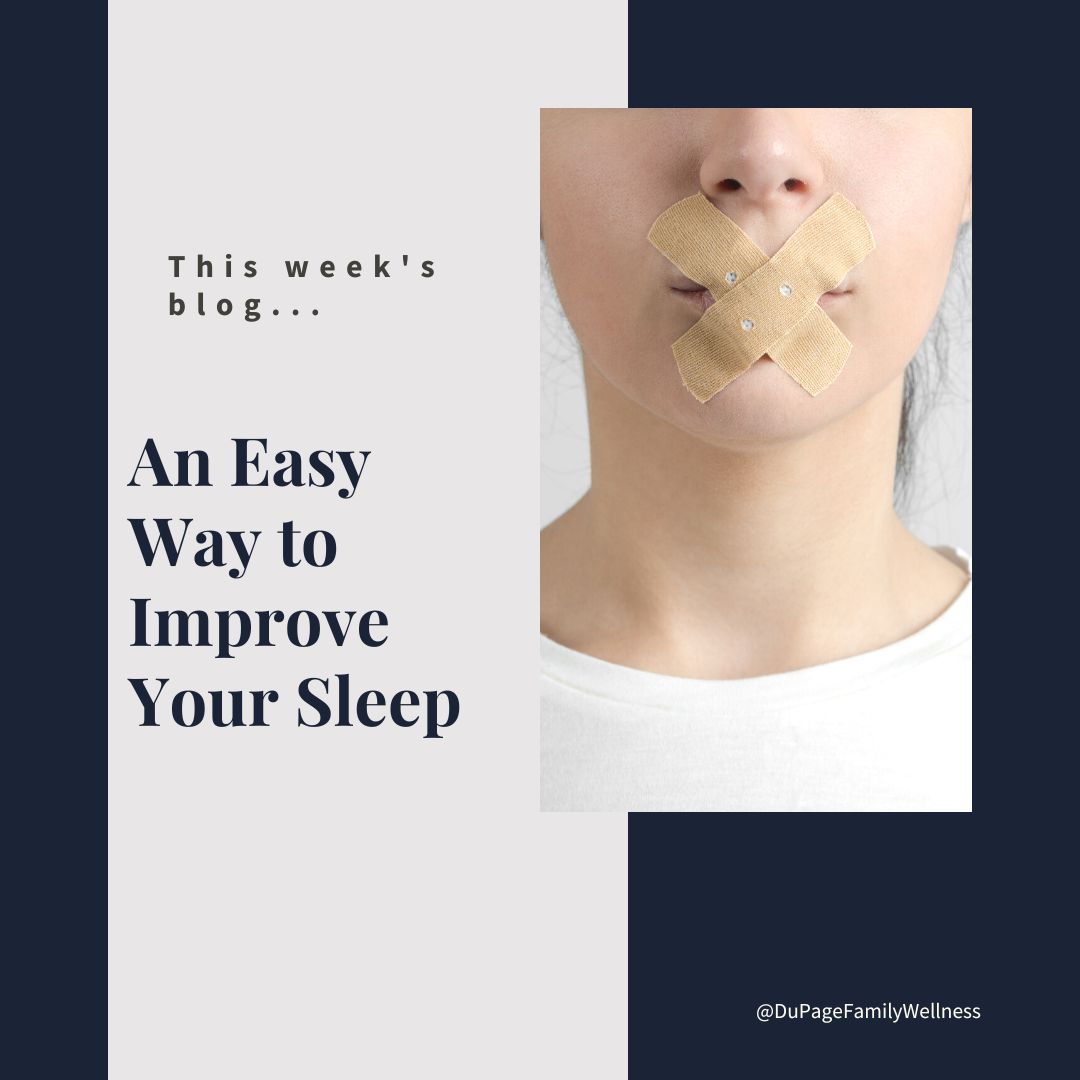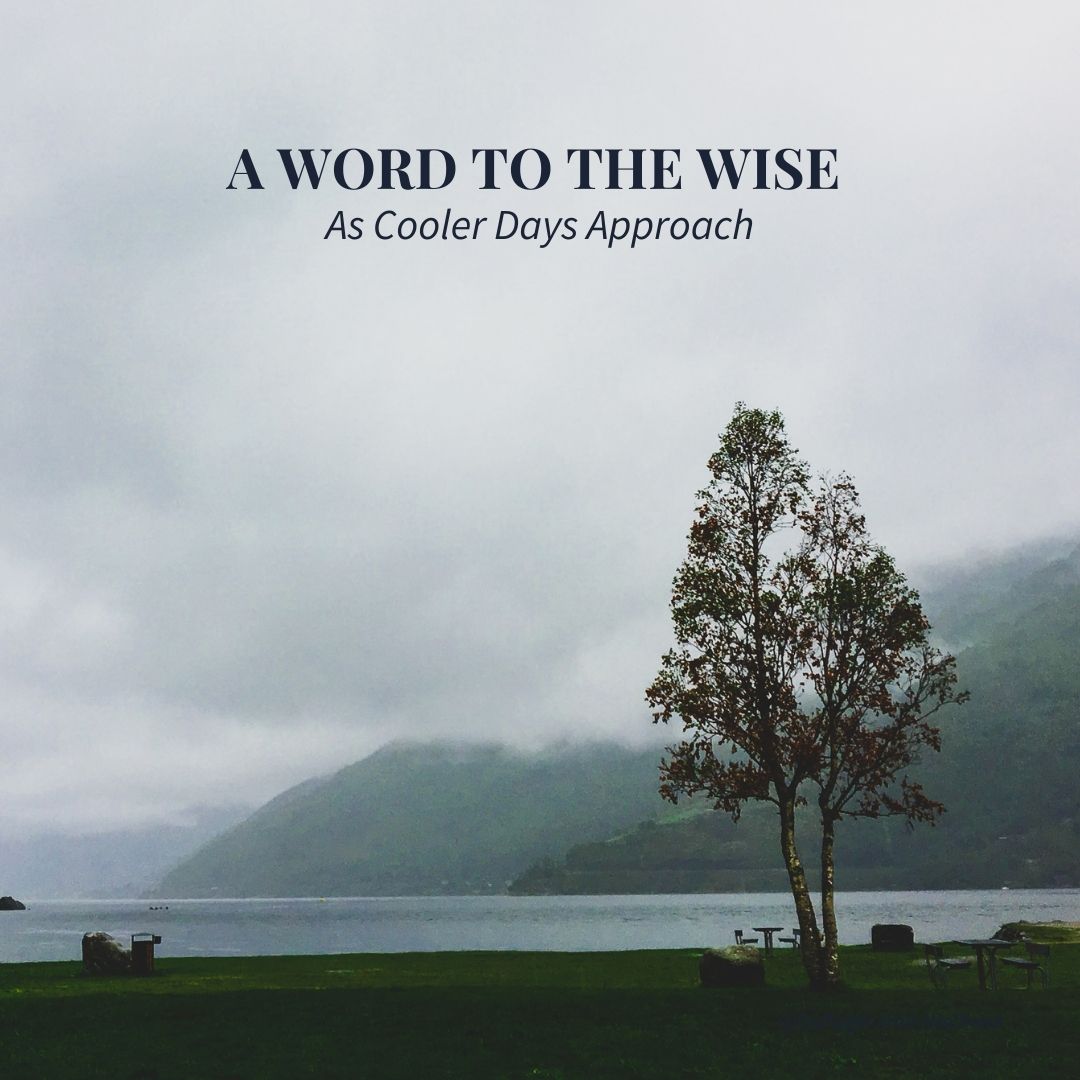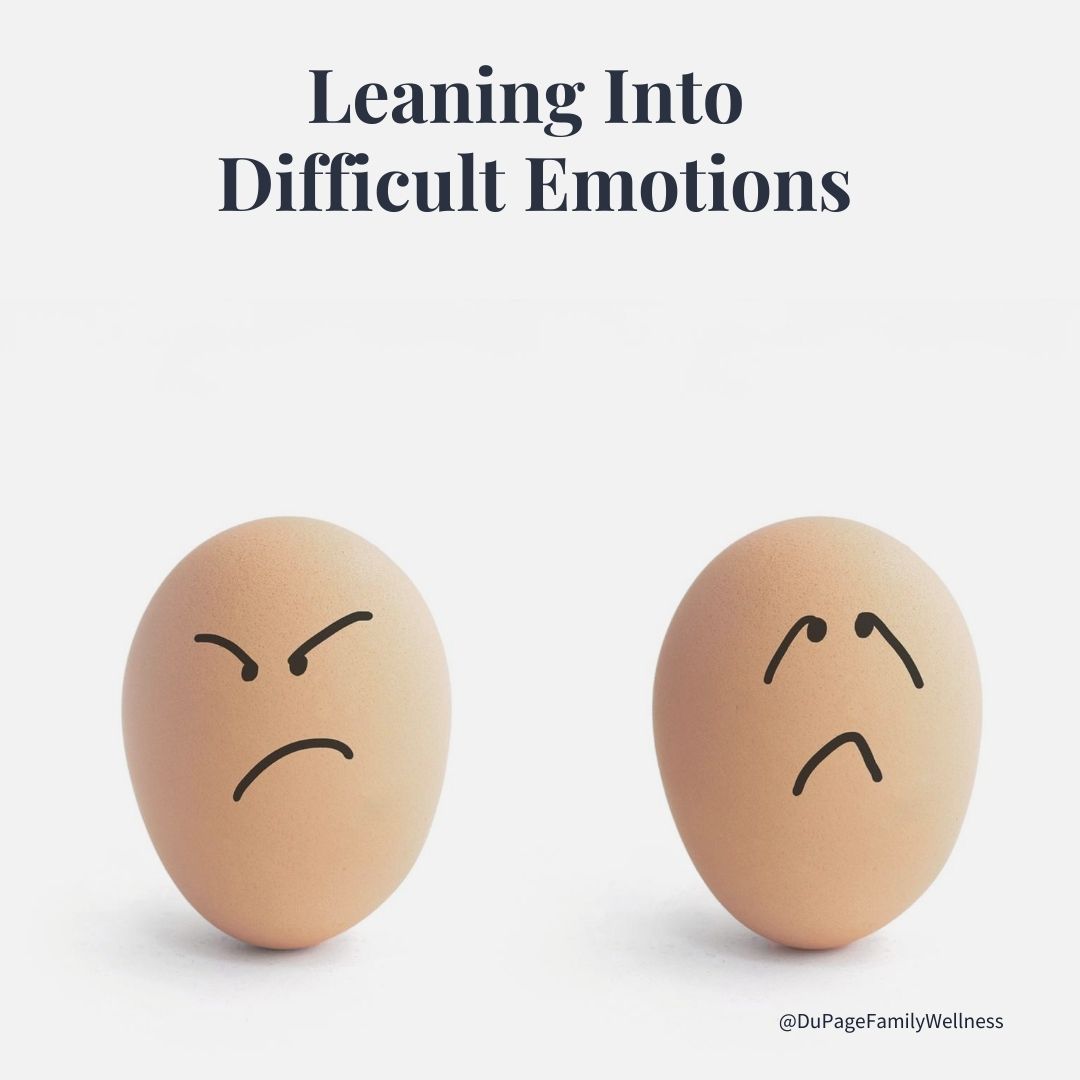 Do you ever have trouble sitting with your own thoughts?
Do you ever have trouble sitting with your own thoughts?
Perhaps you go through most of your day at a fast pace... rushing out the door to run an errand on the way to work, or picking the kids up only to rush home and make dinner before running to another activity.
If so, you are not alone. We live in a fast-paced society and rarely take time to sit with our own thoughts. As a result, you may have lost the ability to simply be present, sitting with your own thoughts with ease.
Let's explore this issue and discover ways we can become accustomed to being in the present once again.
Shocking Research
Studies done by researchers looked at this issue by asking people to be alone with their thoughts for 15 minutes. Participants were given the option to give themselves an electric shock if they didn’t want to simply be alone with their thoughts for the full time.
The results were truly unbelievable! A full 30% of men and 60% of women chose to give themselves an electric shock, rather than being alone with their thoughts.
It is interesting that anyone would rather experience the pain of a shock rather than sitting with their own thoughts, but it is not completely surprising. As a society we do not value stillness and presence, instead honoring productivity and accomplishment. For many people this culture of striving results in great discomfort when they have time to simply be.
What You Can Do Today
If you are someone that has little time for sitting with their own thoughts, you may find it beneficial to intentionally develop your ability to simply be. But with all the busyness surrounding you, what can you do to give yourself a little time alone with your thoughts today?
To begin with, start small. You don’t need to go to an hour long meditation or yoga class three times a week. Simply sit in your car for a couple minutes after doing your grocery shopping or dropping the kids off at an activity. During this time settle your heart and focus on your breath.
When your mind begins to wander, just notice it and bring it back to your breath in a non-judgmental way. It is normal to have to bring your mind back to the present quite frequently when you begin this practice, the key is to simply refocus without getting caught up in frustration.
Use Your Senses
Your senses are other great tools to bring you back into the present. The following exercise takes just a few minutes and can be done just about anywhere.
Start by getting in a comfortable position either sitting in a chair with your feet flat on the ground or lying down if you aren’t too tired. Then take a few refreshing deep breaths. Now tune in to your senses. What are 5 things you can see, 4 things you can hear, 3 things you can touch, 2 things you can smell, and one thing you can taste?
Using Guided Visualizations
Some people find guided visualizations extremely helpful in helping them focus when they are first trying to develop this type of practice. Kristen Neff is a mindfulness expert who focuses on self-compassion.
Her guided meditations are available free online. Each exercise lasts between 5-25 minutes and can be done in the privacy of your home. It is a great place to start if you struggle to stay present in the moment.
Developing a Mindfulness Practice
As you develop your skills to be present in the moment, you are actually developing a mindfulness practice. Mindfulness had been found to lower stress, anxiety, and depression. Becoming more mindful can even help you respond more appropriately in stressful situations.
There are so many ways to develop your own mindfulness practice. It is truly just intentionally bringing your attention to what is happening in the moment without judgement. Even just a few moments of purposefully being in the moment can make a difference. There is no right or wrong way to do it as long as it’s approached with openness and grace.
Perhaps the only time you have to yourself is when you are in the bathroom or going to bed. If so, try giving yourself a few minutes alone with your thoughts while you are lying in bed or taking a shower.
These little moments will become a gift that you can look forward to giving yourself throughout the day!
Dr. Jamie
 Between work, activities, and family, life can feel pretty overwhelming. You may feel like there aren’t enough hours in the day, so there simply isn’t time to get a good night’s sleep. But sleep is one of the most fundamental functions we do each day. Without good sleep, you will not only feel terrible, but you will begin to damage your body.
Between work, activities, and family, life can feel pretty overwhelming. You may feel like there aren’t enough hours in the day, so there simply isn’t time to get a good night’s sleep. But sleep is one of the most fundamental functions we do each day. Without good sleep, you will not only feel terrible, but you will begin to damage your body.
Without proper sleep, you will likely notice a difference in your energy, mood, and ability to function. And if you consistently wake up from a full night's sleep feeling less than refreshed, you may be dealing with undiagnosed sleep issues.
There is an easy way to check for such a sleep issue that you can do in the privacy of your own home. This simple test costs next to nothing and only takes a few extra seconds at night. Let’s look at what the experts say about this test and how to use the results to train your body to sleep well again!
What We Are Looking For
According to Dr. Mark Burhenne of Ask the Dentist, sleep apnea is the “lack of the ability to breathe properly at night to the point where your sleep is interrupted.” While most people are aware of severe sleep apnea, Burhenne explains that mild forms are often left undiagnosed, especially in otherwise healthy individuals.
Oftentimes a dentist can see early warning signs of sleep apnea through features in the mouth. These early signs include gum recession, tooth sensitivity, TMJ, dry mouth, morning headaches, chipped teeth, and nighttime clenching or grinding.
All of these signs can be attributed to the inability to consistently breathe through your nose rather than your mouth.
A Simple Test
Discovering if you are a mouth or nose breather at night is the first step. But how do you know what you are doing while you are asleep if there is no one watching you throughout the night? The easiest way is to use some special mouth tape to gently tape your mouth shut at night.
Read more ...
 Are you a parent that has decided to skip Halloween this year? Or do you feel trick-or-treating is one of the few normal fall activities that can be done safely?
Are you a parent that has decided to skip Halloween this year? Or do you feel trick-or-treating is one of the few normal fall activities that can be done safely?
Whatever decision you’ve made, a great deal of thought probably went into your choice as you may feel especially nervous about your family’s health this year. It makes sense that you would have these concerns as we are in the midst of a pandemic, and the start of the dreaded flu season will soon be upon us soon!
Many people go through the flu season each year just hoping that their family will stay healthy, and this year the stakes seem even higher. But what if you could reframe your perspective and take back some of the power over you and your loved ones' health?
Let’s begin by reconsidering “flu season.” By understanding some of the underlying causes of the season, you can begin making the best choices for yourself (and your family).
The Flu Season Myth
It is true that there are more cases of the flu diagnosed during December and February, but germs for the flu are around all year. If these germs are always around, why do we see an increase in the number of flu cases during the fall and winter months?
I really like the way that Dr. Angie Elliot explains this phenomenon in her article “There’s No Such Thing As ‘Flu Season’.”
“Think for a moment about what would happen if you planted a seed in the ground. You covered it with soil, didn’t water it, offer it sun, or supply it with air. Would the seed grow? NO! Why not?
The answer is that the condition of the soil was not ideal for the seed to take root and for the plant to flourish. Now, consider your body equivalent to soil and a virus or bacteria as the seed. If you planted that seed in your body right now, could it grow?
Read more ...
 As the season changes you may notice a difference in your mood, your energy, and even your outlook on life. You may wonder why it’s harder to get out of bed in the morning, why it’s a struggle to be patient with your loved ones, or why you are beginning to rely on that second (or fifth) cup of coffee to make it through your day!
As the season changes you may notice a difference in your mood, your energy, and even your outlook on life. You may wonder why it’s harder to get out of bed in the morning, why it’s a struggle to be patient with your loved ones, or why you are beginning to rely on that second (or fifth) cup of coffee to make it through your day!
While there are many factors that impact these changes, lack of sun exposure throughout the winter months may be one of them. One of the main reasons that sunlight affects your well-being so much is the direct impact sunlight has on your Vitamin D levels. Let’s take a look at how this happens and the impact it has on the body!
Sun Exposure & Vitamin D
When your skin is exposed to sunlight, it causes your body to synthesize cholesterol into Vitamin D. It takes time for your system to create and absorb adequate levels of Vitamin D.
Generally speaking a large amount of your skin must be exposed to the sun for at least 30 minutes each day for you to create optimal levels of Vitamin D. During the cooler months it is especially difficult to receive enough sun exposure for this to occur.
While your diet can contribute to your level of Vitamin D, we were genetically designed to receive our Vitamin D from exposure to the sun. If you live in the Midwest you are likely not getting enough sunlight to produce optimal levels of Vitamin D, especially during the cooler months.
What it Means for You
Nearly all the cells in our bodies have Vitamin D receptors, so our bodies can not function properly when we are deficient.
Read more ...
 When it comes to making significant changes, less is often more! Let’s look at what research is showing us about creating new habits, as well as learn a little trick that will actually help you rewire your brain.
When it comes to making significant changes, less is often more! Let’s look at what research is showing us about creating new habits, as well as learn a little trick that will actually help you rewire your brain.
Teensy-Tiny Habits
Oftentimes we fail at these changes because we bite off more than we can chew and then feel bad about our progress (and ourselves). By doing these two things we prove that we don’t really understand how successful lasting change is made.
If you really want to make a big impact in your life, start with a teensy-tiny goal. According to behavior scientist, researcher, and author Dr. BJ Fogg this is the best way to make change. In his book, “Tiny Habits,” he encourages you to make your habit ridiculously easy to do.
So, if you want to start reading more, don’t decide to read for 30 minutes every night before bed, simply decide to open a book everyday. Do you need to floss your teeth more? Make your goal as easy as flossing one tooth each night.
I know what you are probably thinking, it’s silly to aim for that when I need a more drastic change. You are right, these little changes by themselves won’t accomplish what you want to achieve. But they will start you on the path towards the change you desire.
Seamlessly Fitting Them In
Once you pick a ridiculously easy habit to work on, choose exactly when you will do this easy action. Think through your day to find a place where this new habit will fit naturally. Then, couple this new habit with something you already do each day.
Read more ...

Our world has been in a state of chaos for much of this year and many people are feeling an intense emotional load as a result. What started as a two week shelter in place order has led to months of isolation. Work, school, and social connections have all been disrupted without a clear end in sight.
At first, many people tried to view this as an opportunity for growth - a time to consider what really mattered and focus on that. Some people spent more time with their families, some sewed masks or ran errands for those who couldn’t, while others worked on home projects or took time to declutter.
But as time has worn on, many people are feeling the emotional impact of the situation weighing heavily upon them. With all these difficult things to process, it is a great time to consider how we handle these difficult emotions and if we are dealing with them in a healthy way!
Difficult Emotions NOT Welcome
As a child many people are given the message that their difficult emotions are not acceptable. It may be that their parents didn’t recognize the child’s emotions. They were simply told to “look on the bright side” or “be grateful” for what they had. Some parents were so disconnected from their own emotions, that they couldn’t provide a healthy role model on how to handle intense feelings. Still other children were outright ridiculed for showing “negative” emotions, even being told “stop crying or I’ll give you something to cry about.”
These techniques are often used as an attempt to shut down the child’s emotion when it is uncomfortable for the adult. Even well meaning parents may use them as ways to distract children from dealing with the difficult emotions when the emotion feels too big to handle. But having a parent gently accept and guide their child through these big emotions, is an important step in teaching the child to regulate their own emotions.
Without the ability to self regulate, people are often left either flooded by their emotions or trying to push the difficult emotions away in an attempt to disconnect from them. Being flooded by intense emotions can be really overwhelming, but pushing them away is damaging as well. When we “put on a happy face” before allowing ourselves to experience our emotions, we miss out on the valuable information those emotions are giving us.
Read more ...
 Do you ever have trouble sitting with your own thoughts?
Do you ever have trouble sitting with your own thoughts?

 Between work, activities, and family, life can feel pretty overwhelming. You may feel like there aren’t enough hours in the day, so there simply isn’t time to get a good night’s sleep. But sleep is one of the most fundamental functions we do each day. Without good sleep, you will not only feel terrible, but you will begin to damage your body.
Between work, activities, and family, life can feel pretty overwhelming. You may feel like there aren’t enough hours in the day, so there simply isn’t time to get a good night’s sleep. But sleep is one of the most fundamental functions we do each day. Without good sleep, you will not only feel terrible, but you will begin to damage your body. Are you a parent that has decided to skip Halloween this year? Or do you feel trick-or-treating is one of the few normal fall activities that can be done safely?
Are you a parent that has decided to skip Halloween this year? Or do you feel trick-or-treating is one of the few normal fall activities that can be done safely?  As the season changes you may notice a difference in your mood, your energy, and even your outlook on life. You may wonder why it’s harder to get out of bed in the morning, why it’s a struggle to be patient with your loved ones, or why you are beginning to rely on that second (or fifth) cup of coffee to make it through your day!
As the season changes you may notice a difference in your mood, your energy, and even your outlook on life. You may wonder why it’s harder to get out of bed in the morning, why it’s a struggle to be patient with your loved ones, or why you are beginning to rely on that second (or fifth) cup of coffee to make it through your day! When it comes to making significant changes, less is often more! Let’s look at what research is showing us about creating new habits, as well as learn a little trick that will actually help you rewire your brain.
When it comes to making significant changes, less is often more! Let’s look at what research is showing us about creating new habits, as well as learn a little trick that will actually help you rewire your brain.